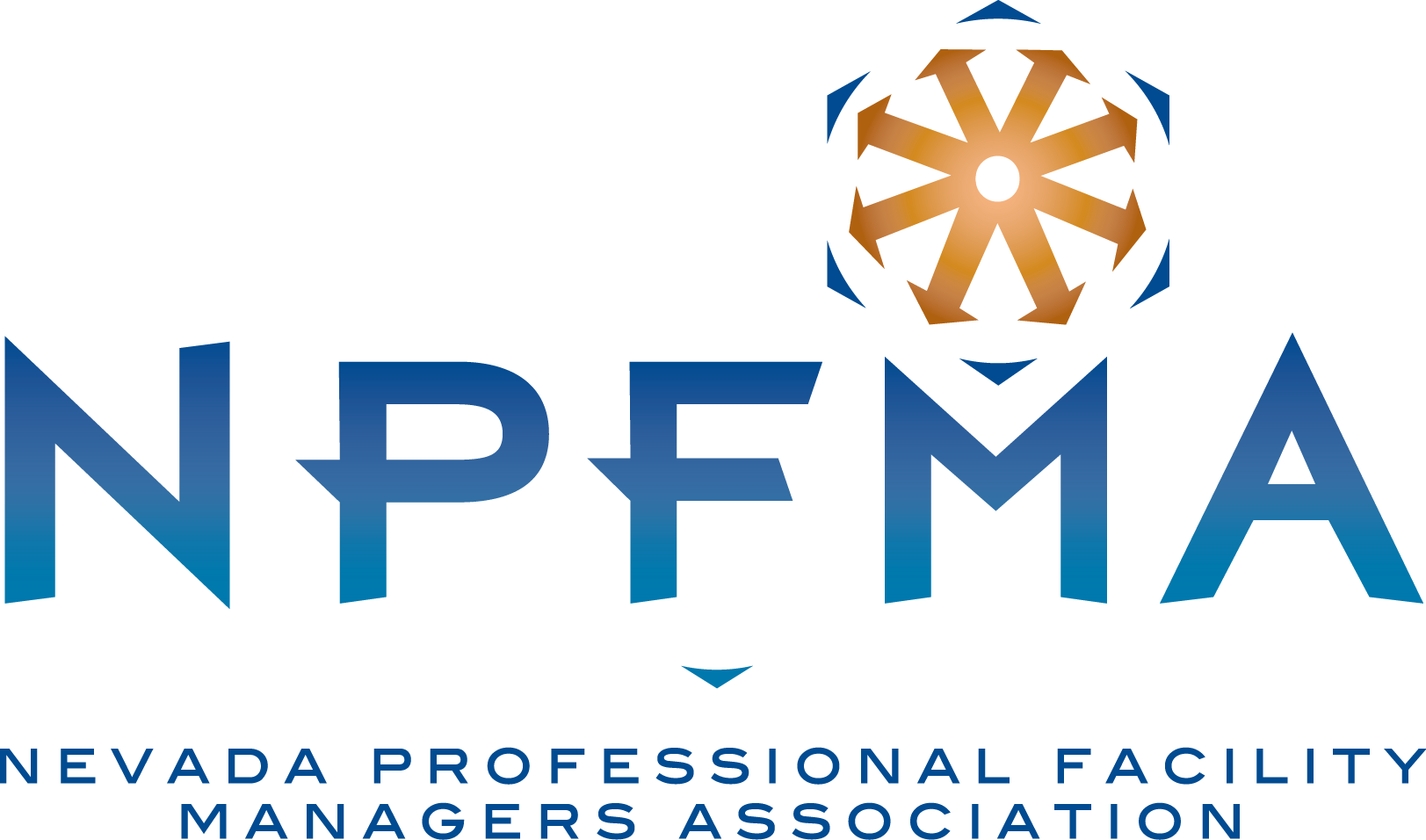For the past two decades, the Colorado River—which supplies 90 percent of Southern Nevada’s water—has been mired in a drought of historical severity. While anyone who has been to Lake Mead can attest to the visual impact, the “bathtub ring” alone doesn’t convey the seriousness of the situation. Since 2000, reservoir storage along the river, primarily in Lakes Mead and Powell, has diminished by approximately nine trillion gallons and is now at about one-third capacity.
Recognizing this potential crisis early, the Southern Nevada Water Authority (SNWA), the not-for-profit regional agency responsible for managing the community’s water supply, began enacting measures to both safeguard supply and reduce consumptive use. The key word here is “consumptive.” The Las Vegas Valley is unique in its ability to capture and recover indoor water; in fact, approximately 99 percent of indoor water is reclaimed, treated and returned to the Colorado River system. Every gallon returned allows SNWA to take another gallon out of the lake, sustainably extending the community’s water supply
For this reason, the SNWA has consistently focused on reducing outdoor uses, which cannot be recaptured. Beginning in 2003, SNWA implemented a comprehensive conservation program, including limitations on installing grass in new developments, golf course water budgets and seasonal watering restrictions to prevent overirrigation. The SNWA has also paid out more than $200 million in incentives for residents and businesses to replace thirsty lawns with drip-irrigated landscapes that provide equal or superior aesthetic value while using about 75 percent less water.
As a result, the Las Vegas Valley used about 26 billion gallons less water last year than it did back in 2002, despite the influx of thousands of new businesses and nearly a million new residents during that span. Curiously, there is a stark disparity in support for water conservation between businesses and the residents that represent their customer and employee base. Over the past two decades, residents have removed about two-thirds of their non-functional grass. Businesses, on the other hand, have replaced less than 30 percent of theirs, despite it having no business or recreational value whatsoever.
This inaction also holds true for evaporative cooling. For approximately 20 years SNWA has offered generous incentives for businesses to convert water-guzzling evaporative cooling systems to mechanical air conditioning systems. Over those many years, fewer than 100 properties have chosen to participate.
Unlike grass, evaporative cooling is an invisible water supply drain that represents the second-largest consumptive use of water in Southern Nevada. Evaporative cooling comes in two forms: cooling towers, like those found on some of the region’s largest buildings, and direct evaporative (swamp) coolers, which dot the rooftops of the vast majority of warehouse/industrial buildings and virtually every restaurant in the valley.
Late last year, the SNWA Board of Directors passed a resolution proposing a moratorium on evaporative cooling systems in Southern Nevada, applying only to new construction. Existing systems would not be subject to mandatory retrofits, although the SNWA offers an incentive of up to 50 percent of the replacement system cost for those who choose to do so. Numerous business groups have provided input on this proposed restriction, and their comments are welcomed and valuable. It’s recognized that mechanically cooled structures are subject to insulation requirements that don’t apply to evaporatively cooled buildings, and that dry-cooled systems use more electricity than their wet-cooled counterparts.
Industry professionals with expertise in this area are encouraged to share their perspective, which will help inform policy decisions. It is important to the SNWA to arrive at a solution that protects our community’s water supply while minimizing impacts to commercial interests. However, residents have been bearing the burden for nearly two decades and it’s time for the business sector to share the load and include water conservation into their decision-making process.
The SNWA invested more than $1 billion in a Low Lake Level Intake and Pumping Station at Lake Mead to safeguard our community’s critical water needs, even under severe drought conditions. As a result, Southern Nevada is the most water-secure community in the desert Southwest. Our ability to continue to expand economically is limited only by the consumptive uses of new homes and businesses; therefore, extending Southern Nevada’s water supply serves the interests of all. By embedding water efficiency in new construction through non-evaporative cooling technologies, Southern Nevada’s commercial sectors are investing in their own future.
To submit comments related to the proposed evaporative cooling moratorium for new construction or learn more about the SNWA’s cooling-related cash incentives, email jc.davis@snwa.com.
